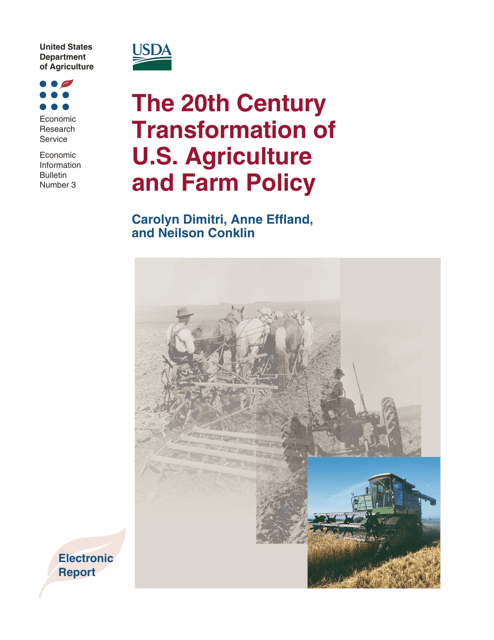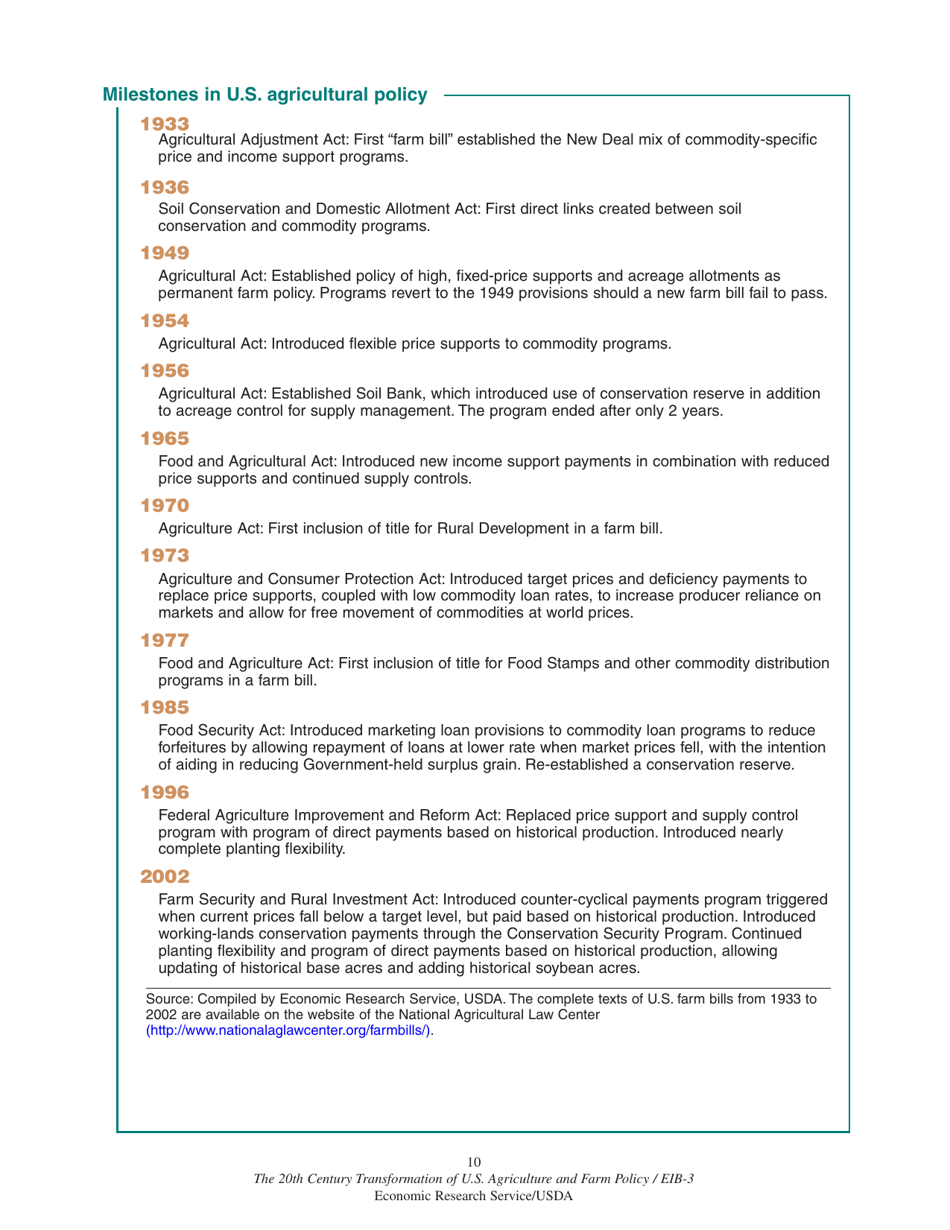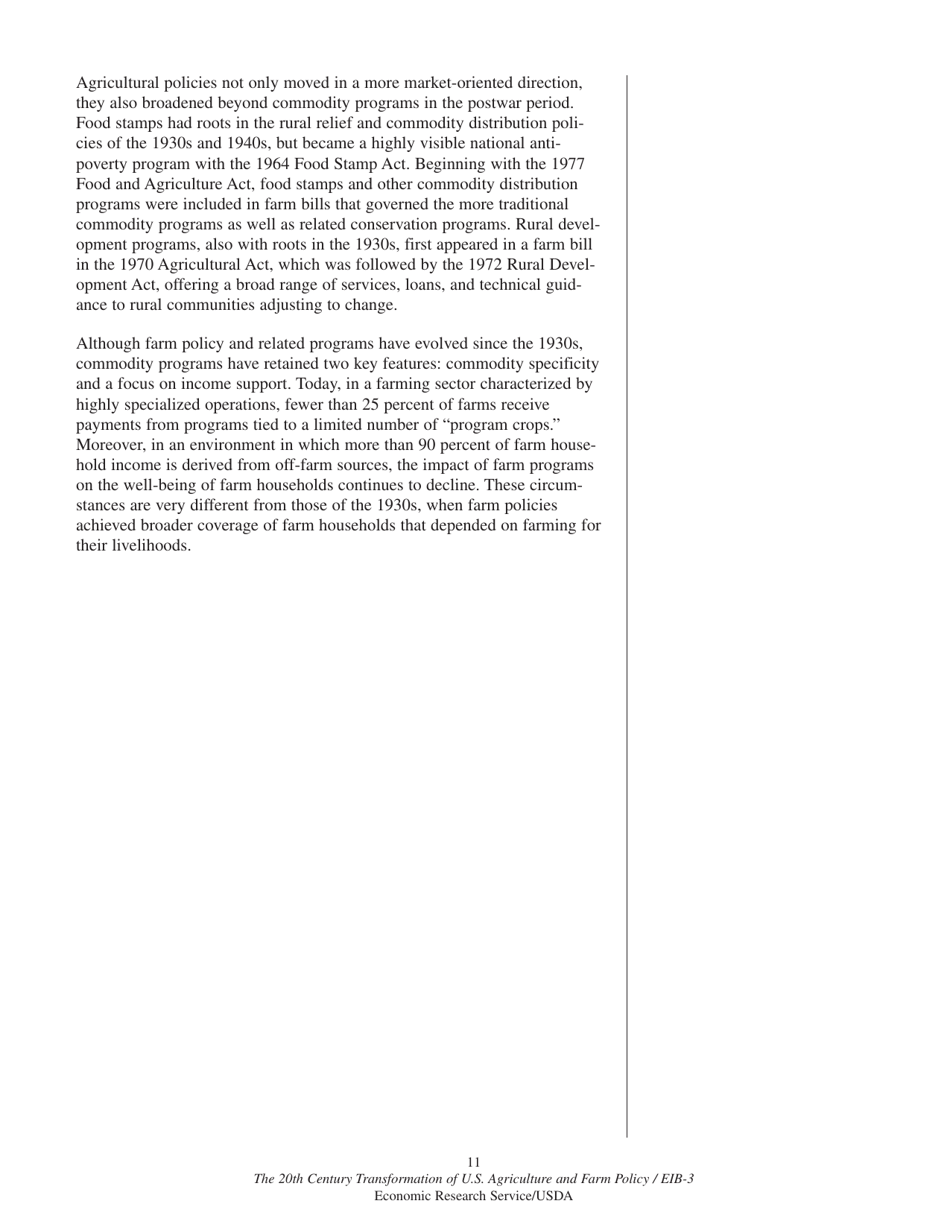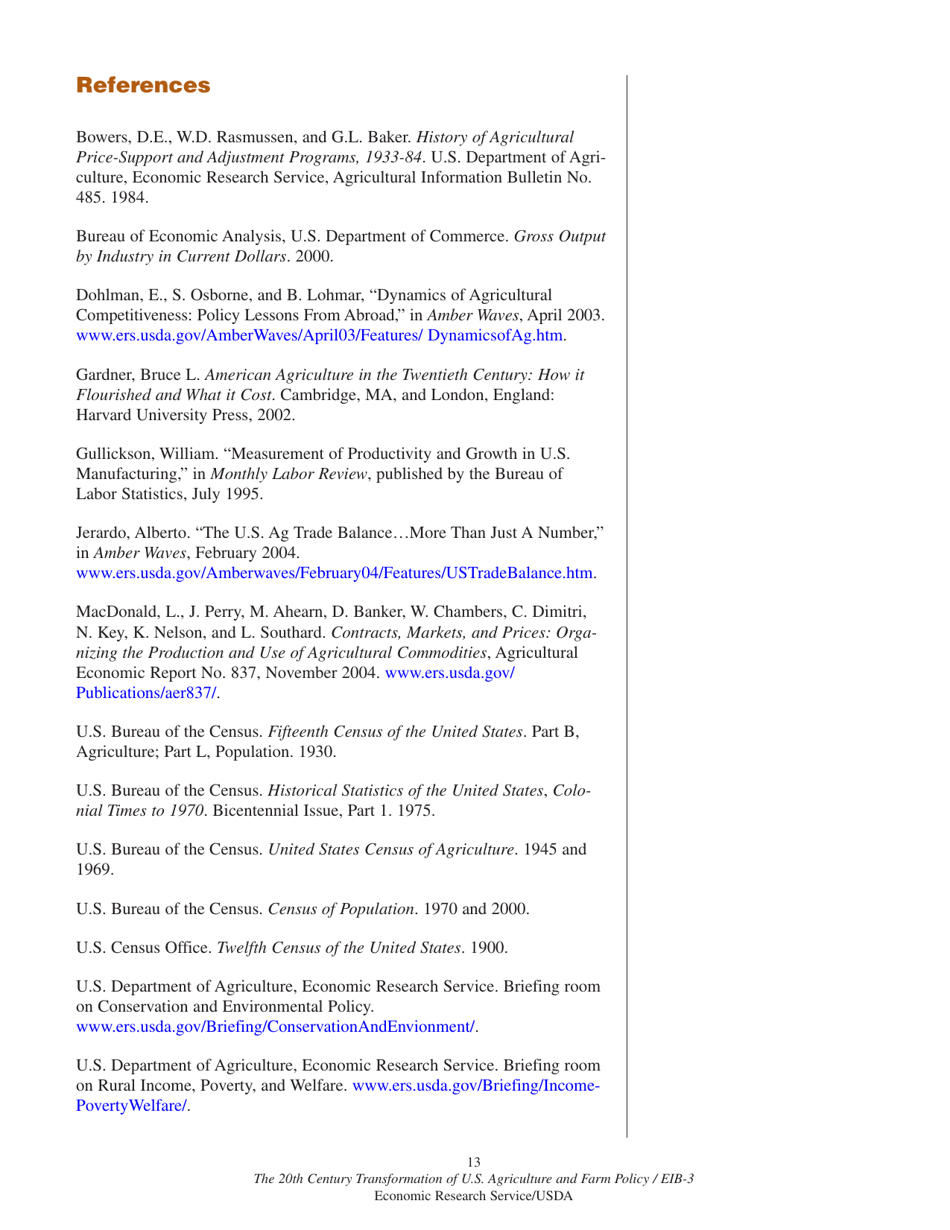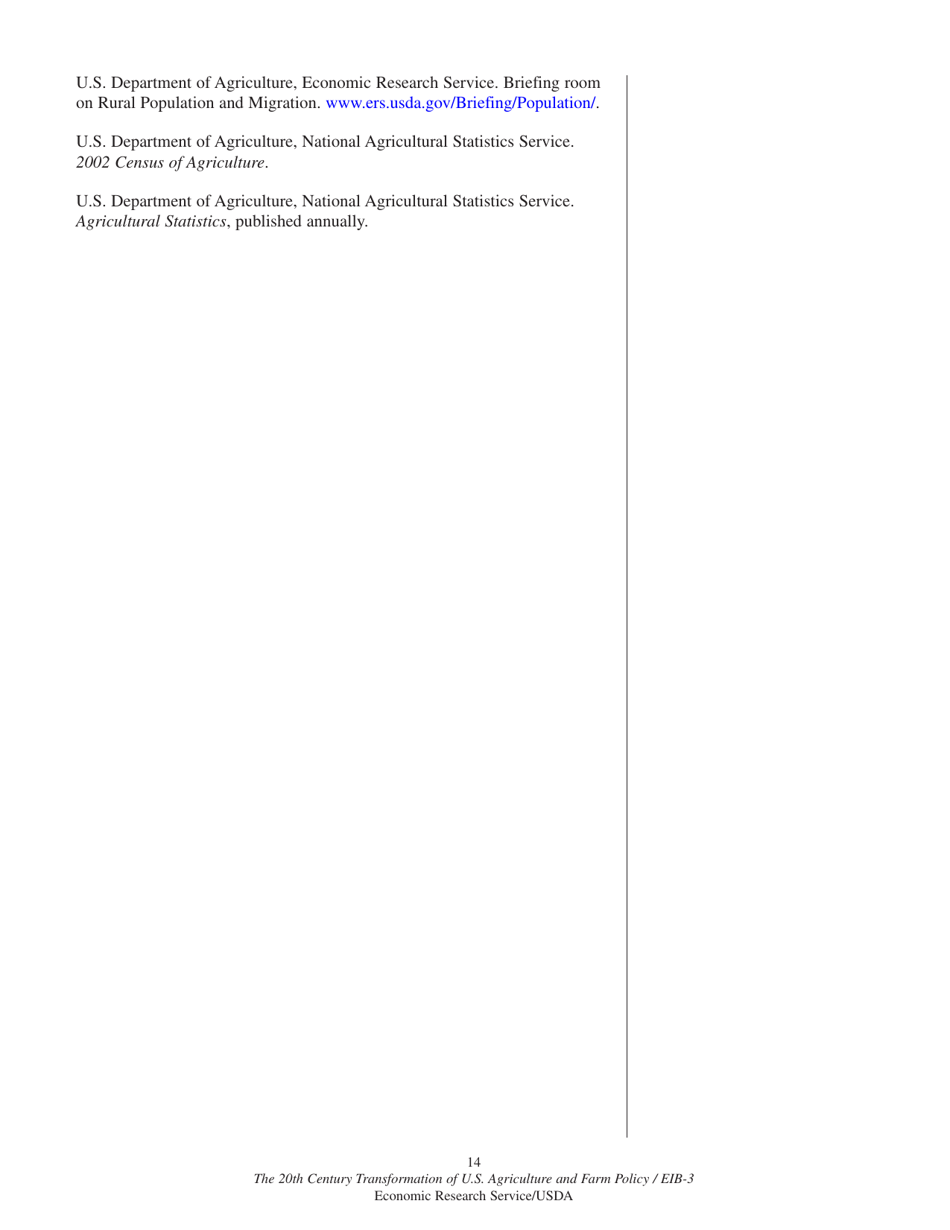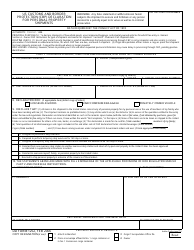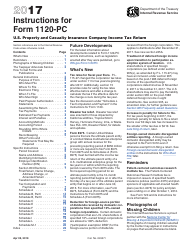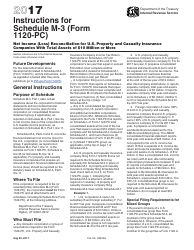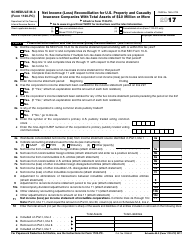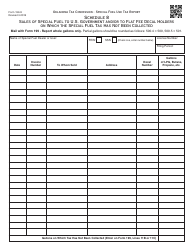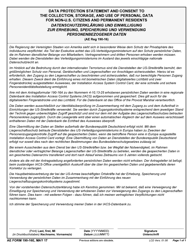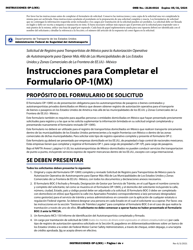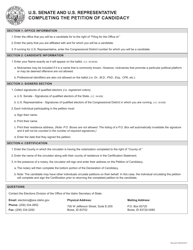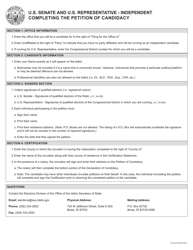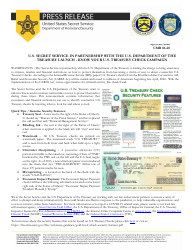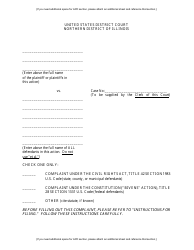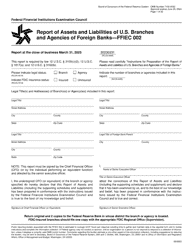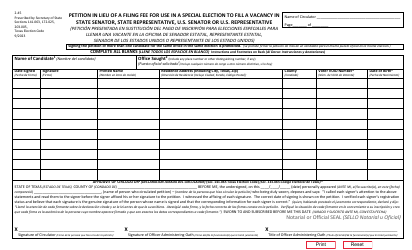The 20th Century Transformation of U.S. Agriculture and Farm Policy
The 20th Century Transformation of U.S. Agriculture and Farm Policy is a 17-page legal document that was released by the U.S. Department of Agriculture on June 1, 2005 and used nation-wide.
FAQ
Q: What were some key transformations in U.S. agriculture in the 20th century?
A: The key transformations in U.S. agriculture in the 20th century include mechanization, consolidation of farms, increased use of chemical fertilizers and pesticides, and the shift towards specialized crop production.
Q: What is farm policy?
A: Farm policy refers to the government's regulations and programs aimed at supporting and managing agriculture, including subsidies, price controls, and trade policies.
Q: What are some major farm policies in the 20th century?
A: Some major farm policies in the 20th century include the New Deal farm programs, the Agricultural Adjustment Act, the farm bill, and the creation of agricultural subsidies.
Q: Why did agriculture undergo significant changes in the 20th century?
A: Agriculture underwent significant changes in the 20th century due to advancements in technology, globalization, changing consumer demands, and government intervention through farm policies.
Q: What were the impacts of these transformations on U.S. agriculture?
A: These transformations had both positive and negative impacts on U.S. agriculture. They increased productivity and efficiency, but also led to environmental concerns, rural depopulation, and concentration of power in the agricultural sector.
Form Details:
- The latest edition currently provided by the U.S. Department of Agriculture;
- Ready to use and print;
- Easy to customize;
- Compatible with most PDF-viewing applications;
- Fill out the form in our online filing application.
Download a printable version of the form by clicking the link below or browse more legal forms and templates provided by the issuing department.
